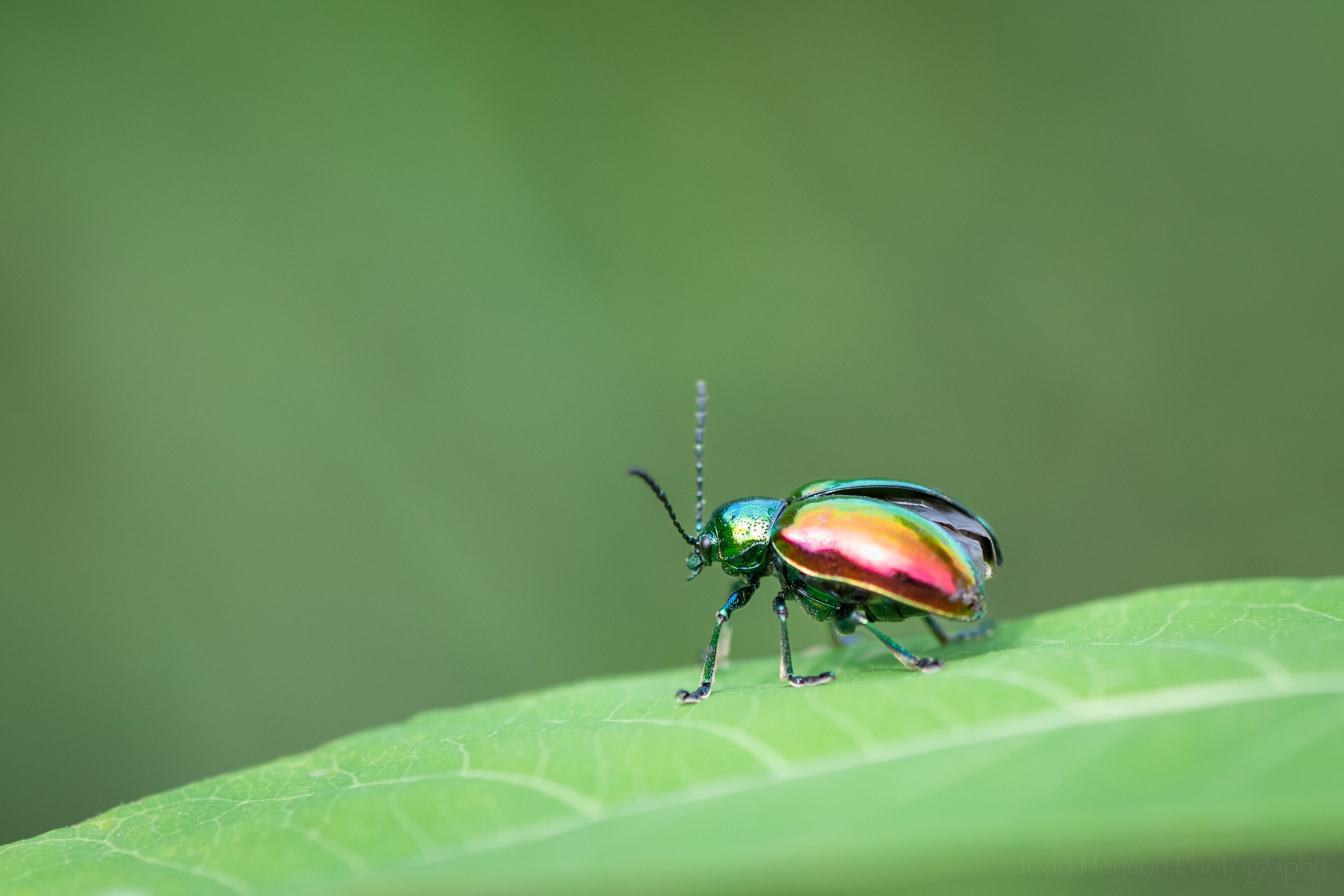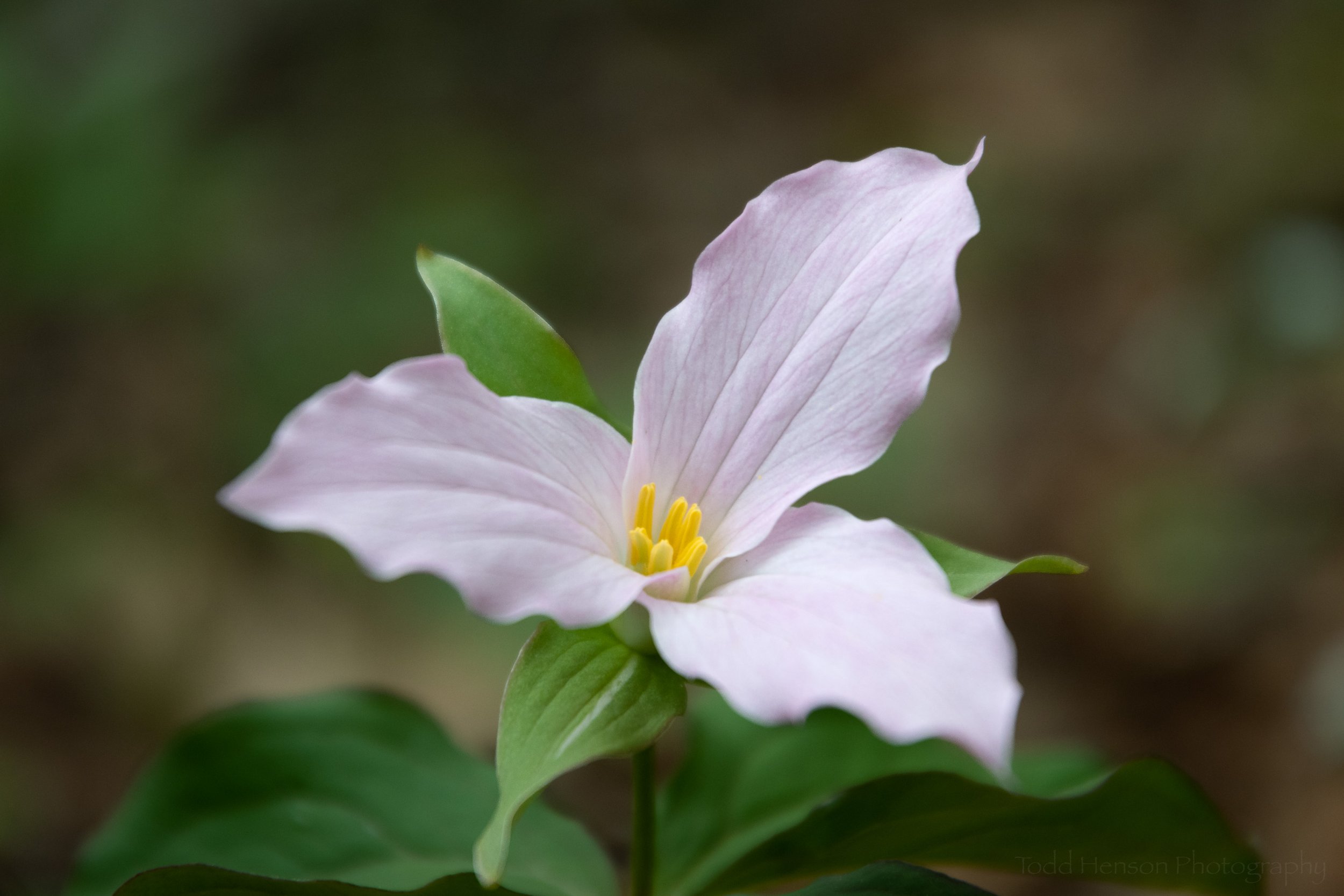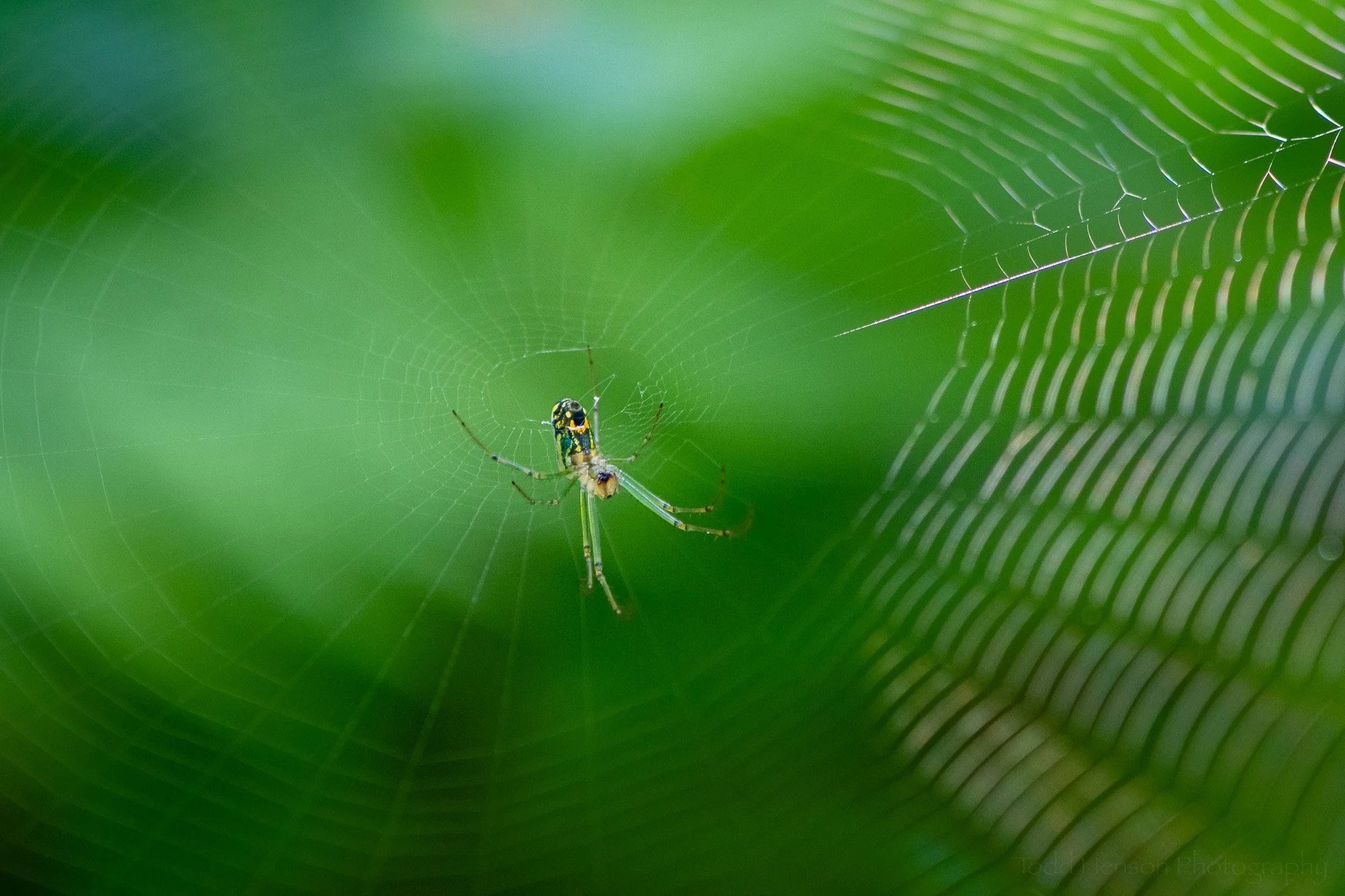A small baby turtle slowly climbing out of the water onto a log, hoping for that nice quiet piece of sunshine to bask in.
Keep climbing! You’re almost there, that nice spot in the sun. You can slow down and relax once you get there. Just keep hanging on for now.
Do you enjoy these posts?
Sign up to receive periodic emails with updates and thoughts. Don’t worry, I won’t spam you. And please consider purchasing artwork or products from my online store, and using my affiliate links in the sidebar to the right when shopping online.
I appreciate your support!
More to Explore

Two Horses






















































